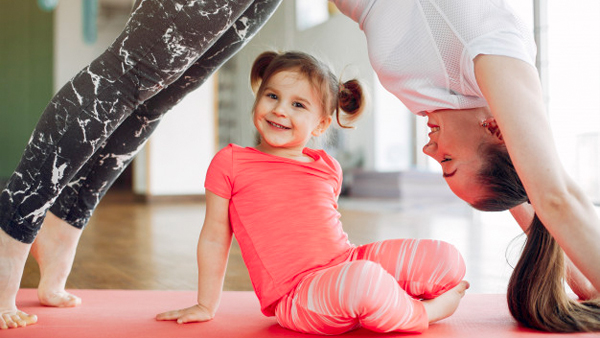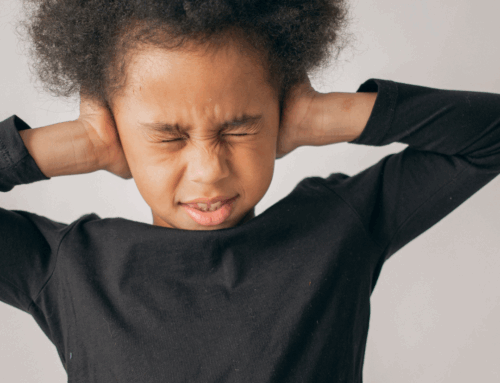Pelvic floor health plays a crucial role in overall well-being, yet many individuals struggle with issues such as stress urinary incontinence (SUI) and core instability, especially postpartum. At our pelvic clinic, we specialize in exercise-based pelvic floor physiotherapy to help individuals regain strength and confidence in their daily activities. This month, we are highlighting a case study of a 35-year-old individual who successfully rehabilitated their pelvic floor through a structured exercise program.
Background
The individual in this case study experienced stress urinary incontinence and pelvic discomfort, particularly during high-impact activities such as running and jumping. Six months postpartum, they noticed a lack of core stability, which impacted their ability to exercise and engage in daily activities confidently. These symptoms are common among postpartum individuals, and targeted pelvic floor physiotherapy can significantly improve their condition.
Assessment
During the initial assessment, the following key concerns were identified:
- Leakage during coughing, sneezing, and physical exertion.
- Weak pelvic floor muscle activation and overall core instability.
- Mild diastasis recti (separation of abdominal muscles post-pregnancy).
- Compensatory movement patterns in hip and abdominal engagement, which can further exacerbate instability and discomfort.
Based on these findings, a structured exercise-based rehabilitation plan was implemented, focusing on progressive strengthening and functional movement integration.
Rehabilitation Plan
The individual followed a 12-week structured program divided into three progressive phases. Each phase aimed to restore strength, stability, and functional movement patterns.
Phase 1: Activation & Awareness (Weeks 1–3)
The goal of this phase was to establish proper pelvic floor activation and breathing coordination.
- Pelvic floor education to improve awareness of muscle engagement and relaxation.
- Diaphragmatic breathing exercises, emphasizing pelvic floor contraction during exhalation.
- Supine pelvic floor contractions, both in isolation and integrated with deep core engagement.
This phase helped the individual develop a mind-muscle connection, essential for progressing into more dynamic movements.




